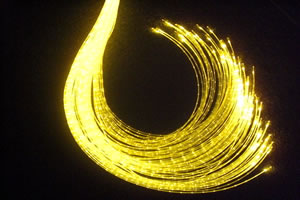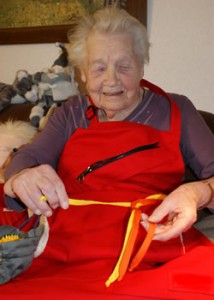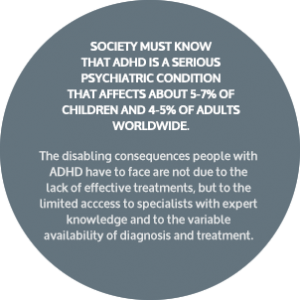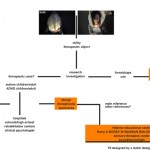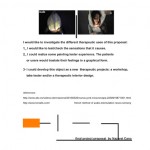Reference/Conclusion4: http://www.totalsensory.co.uk
Sensory on the go!
Total Sensory’s new Sensory on the Go mobile unit incorporates a 1m long bubble tube, 2m long Sparkling fibre strands, tactile colour changing fibre optic carpet, and acrylic mirrors all professionally finished with high density foam padding and wipe clean vinyl (your colour choice.)
Easy to move around, with lockable wheels, providing a mobile experience that can be moved from room to room in residential care homes, or as a sensory experience that doesn’t require a dedicated sensory room.
There is also an option to include a 2 x 1m Interactive fibre optic carpet in front of the unit. This interactive carpet activates when you stand on it and de-activates when there is no pressure applied.
Size approx: 1.2m long x 1.2m high
Sparkle Fibre Strands
One of the most popular items, the sparkle fibre optic Strandses are suitable as an addition to a sensory room or to play with at home, draped over our giant bean bags.The item is produced with the brightest polymer fibre, heat sealed at the ends in our factory.
The fibre is safe to handle and play with; the fibres do not get hot. Powered by a 50W Quiet halogen lightsource, there are no sudden colour changes- instead the fibre slowly sparkles through its colour changes.
Sensory Musical Gloves
Simply put on the gloves and press your fingertips down onto any surface to play you’re own musical creation!
Each fingertip represents a different musical note, and there are 8 built in instruments to choose from; piano, bass, violin, trumpet, xylophone, music box, guitar and drum.
Background rhythms can be added for when you really get going! Volume and Tempo controls are on the control unit.
The unit can also be clipped onto your belt for making music on the move!
Sensory Corner & Packages
The Sensory Corner is ideal for where space is at a premium and perhaps the room in mind is multi-functional. The Sensory Room package provides you with a small room’s worth of equipment for a well rounded sensory environment.


